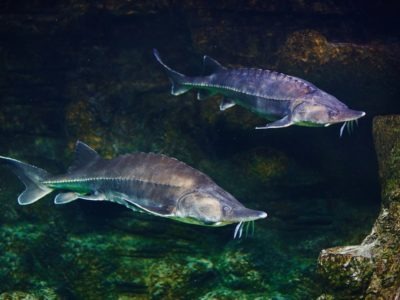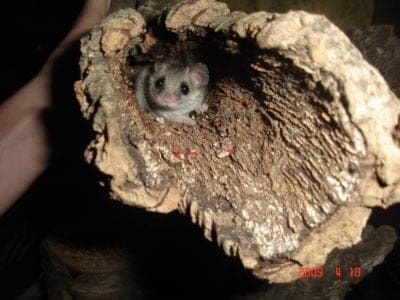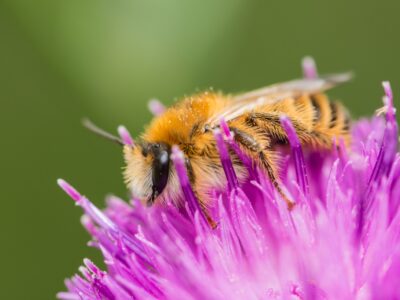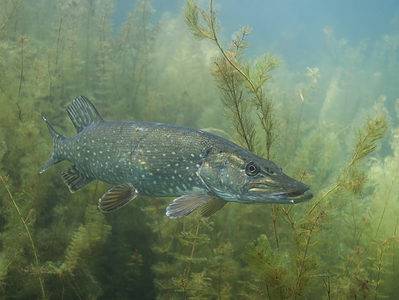Below you can find a complete list of Bulgarian animals. We currently track 239 animals in Bulgaria and are adding more every day!
Bulgaria is a small Balkan country in the southeastern corner of Europe. Established in the fifth century, it is one of the oldest countries in the world. Bulgaria’s boundaries include Romania to the north, the Black Sea to the east, Turkey and Greece to the south, and Serbia to the west.
It is a land of unspoiled beauty with rugged mountain ranges, a coastline, and the Danube River. Almost a third of the country is forested.
Bulgaria has diverse flora and fauna. There are nearly 110 species of mammals, more than 400 native bird species, 37 reptile species, and 214 native species of butterflies here. Bulgaria’s native wildlife includes bears, wolves, wild boars, red foxes, and hedgehogs.
Some animals unique to Bulgaria are the marbled polecat, gray dwarf hamster, red deer, and steppe polecat. Bulgaria’s native birds include storks and pelicans. Fish species include the Balkan trout and common minnow.
The Official National Animal of Bulgaria
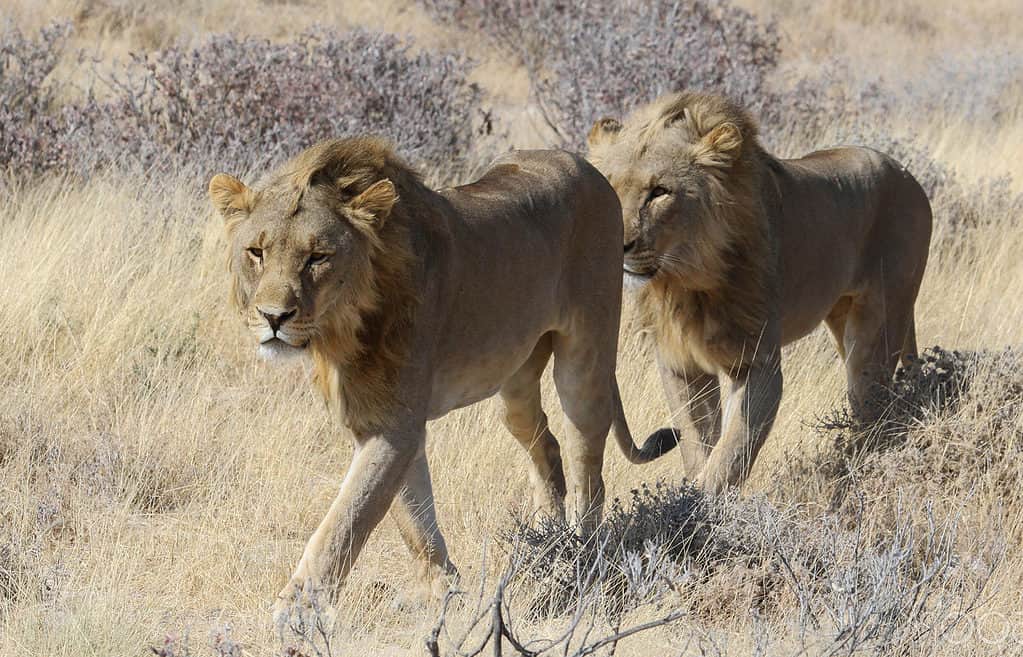
Lions need to be agile and fast to catch prey. They are also the national animal of Bulgaria.
©Wirestock Creators/Shutterstock.com
Bulgaria’s national animal is the lion. A lion appears on the country’s coat of arms, and the currency’s name comes from the Bulgarian for “lion.”
The king of the beasts is also the national animal of Senegal and Cameroon. In one sense, it’s a curious choice because there are no lions in Bulgaria. The only big cats native to the country are the Eurasian lynx and European wild cat. Lions, however, are a symbol of power, courage, and authority. They feature in the folklore and symbolism of many cultures.
Largest Animals Found in Bulgaria
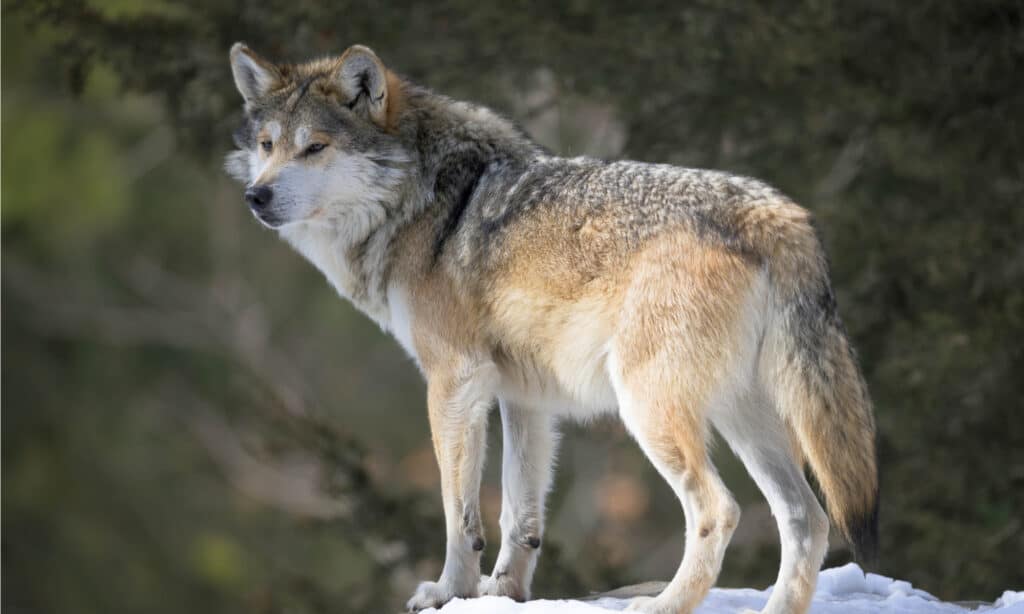
The gray wolf can be found in Bulgaria. They are also found in other places in the world.
©Nagel Photography/Shutterstock.com
Bulgaria is a country located in southeastern Europe with diverse habitats including forests, mountains, rivers, and coastal areas.
Here are some of the largest animals found in Bulgaria:
- European bison: The European bison, also known as wisent, is the heaviest land animal in Europe and can weigh up to 1,000 kg. They were reintroduced in Bulgaria in 1959 and now live in the Eastern Rhodopes.
- Brown bear: The brown bear is the largest carnivore in Bulgaria and can weigh up to 500 kg. They are found in the forests of the Rila, Pirin, and Rhodope mountains.
- Gray wolf: The gray wolf is the largest wild dog species in Bulgaria and can weigh up to 70 kg. They are found in various habitats, including forests, mountains, and even near human settlements.
Rarest Animals Found in Bulgaria
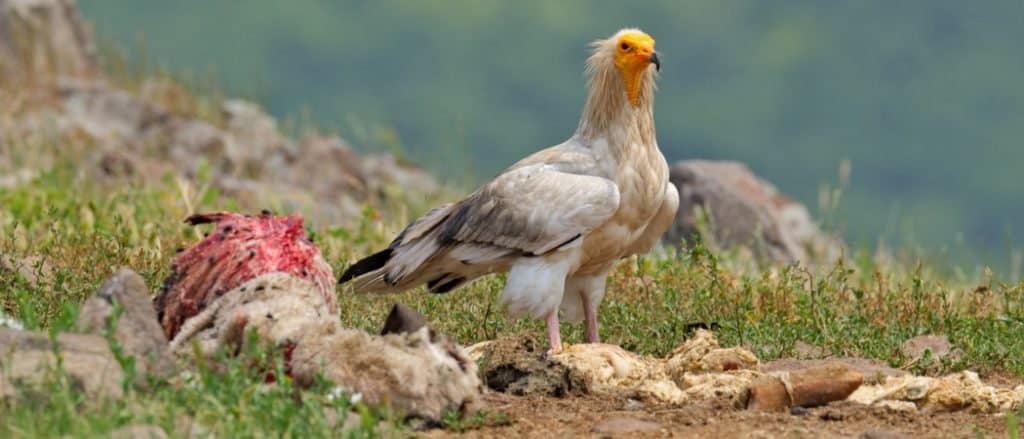
The Egyptian vulture is often found in Bulgaria.
©Ondrej Prosicky/Shutterstock.com
Bulgaria is home to a variety of unique and rare animal species due to its diverse habitats.
Here are some of the rarest animals found in Bulgaria:
- Balkan lynx: The Balkan lynx is a critically endangered subspecies of the Eurasian lynx and is found only in the Rhodope Mountains in Bulgaria. It is estimated that there are less than 50 individuals left in the wild.
- Egyptian vulture: The Egyptian vulture is a critically endangered bird species found in Bulgaria, mainly in the Eastern Rhodopes. It is one of the rarest vulture species in Europe with only a few hundred individuals left in the wild.
- European otter: The European otter is a rare and elusive mammal species found in Bulgaria, mainly in the Danube and Maritsa river basins.
Where To Find the Top Wild Animals in Bulgaria
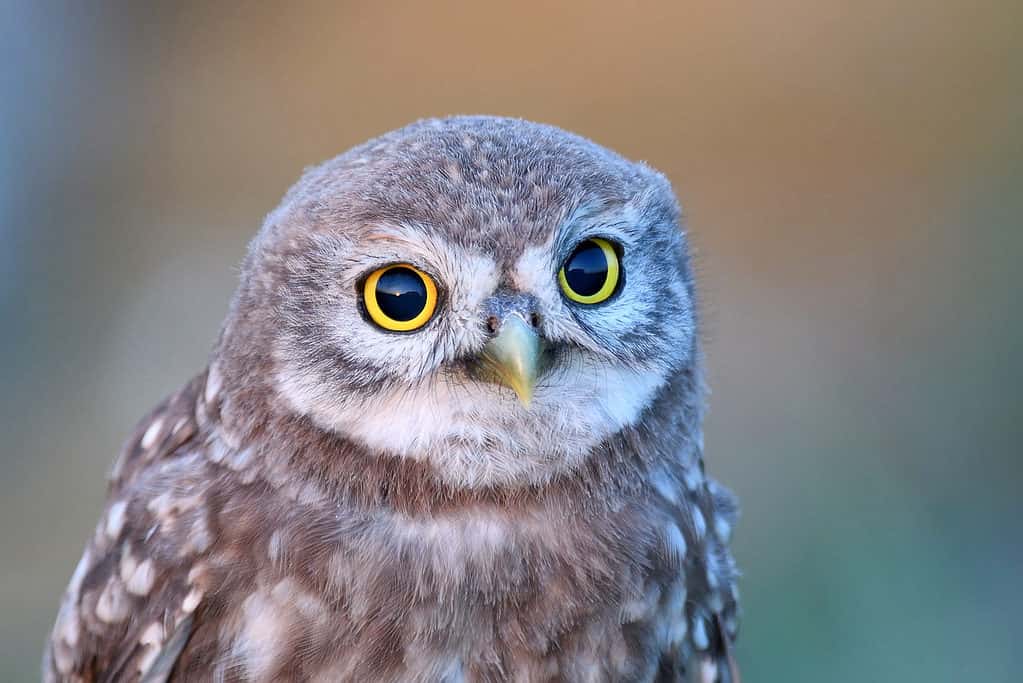
Close-up of the little owl (Athene noctua). Rila National Park is a refuge for rock partridges, chamois, capercaillie birds, choughs, wall creepers, owls, bats, and martens.
©WildlifeWorld/Shutterstock.com
Bulgaria is a popular tourist attraction because of its scenic beauty and the opportunity to see wildlife in nearly unspoiled settings. The Bulgarian government and private nonprofit groups have set aside national parks and wildlife sanctuaries to protect the country’s native animals.
Rila National Park is a refuge for rock partridges, chamois, capercaillie birds, choughs, wall creepers, owls, bats, and martens.
The Srebarna Nature Reserve is a freshwater lake and bird sanctuary close to the Danube River. It was named a UNESCO World Heritage site in 1983. Herons, cormorants, swans, and other waterfowl make their homes on the marshy flats here. St. Ivan’s Island is a national park and marine reserve that provides shelter to bird species and the critically endangered Mediterranean monk seal.
Bulgarian horses are allowed to run free in the summer, and you can see herds of them in the Stara Planina valley below the mountain. During the summer months, you can see the horses running wild in the mountains, especially in Stara Planina, which is the local name for a mountain range in the Balkan Peninsula.
Dancing Bear Park is a bear sanctuary that was established by the Brigitte Bardot Foundation and Four Paws International. It is a large, forested area in the Rila Mountains near the town of Belitsa.
The sanctuary is a home for abused bears that have been rescued from zoos and from human performers who train them to “dance.” Bear dancing as entertainment is illegal in the Balkans and Europe. The sanctuary takes in bears from around the region, and there are now about 20 rescued brown bears living there. You can visit the sanctuary to see them.
Besides the bears at the sanctuary, Bulgaria has one of the largest bear populations in Europe. Bears are the largest carnivore in Bulgaria.
Extinct and Endangered Animals In Bulgaria
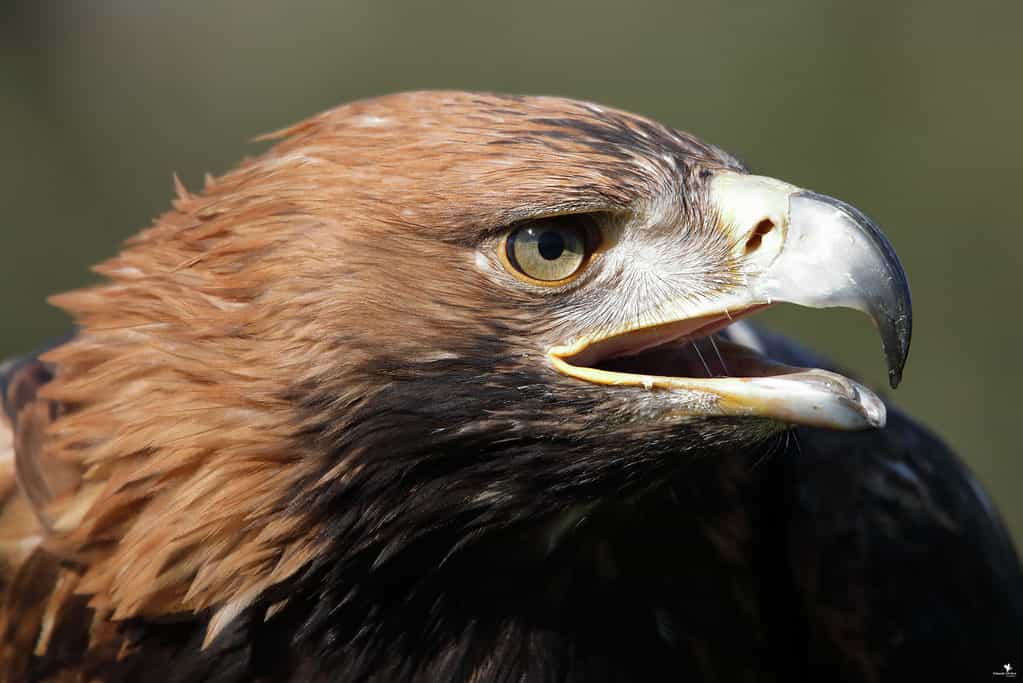
Imperial eagles were formerly an endangered species but thanks to conservation efforts their numbers have increased and the are now only “vulnerable”. They are the most endangered raptor in Europe.
©Eduardo Medina/Shutterstock.com
The imperial eagle is one of the most endangered raptors in Europe. These birds have a protected area in one of Bulgaria’s sanctuaries. Despite this, there are only about 24 nesting pairs in existence there.
Bulgaria’s native saker falcons are almost extinct because of the illegal falconry trade. The government has put protections in place to reverse the population decline.
The Mediterranean monk seal is an endangered species that lives in the Black Sea. These seals are endangered everywhere. Conservationists believe only a few hundred exist in the wild.
Endangered mammals in Bulgaria include the long-fingered bat and the European rabbit.
The Carpathian wisent was a subspecies of the European bison that lived in the Carpathian mountains, Bulgaria and Transylvania. It became extinct in 1852.
Bulgaria’s Beautiful Animals

Dolphins and seals swim in the Black Sea of Bulgaria.
©iStock.com/Michelle de Villiers
Bulgaria’s vast forests and mountain ranges are ideal places to see the country’s animals. The forests are home to wolves, squirrels, bats, bears, and bison. Dolphins and seals swim in the Black Sea, and hundreds of birds and butterflies fill the skies. With only a handful of threatened or endangered species, Bulgaria’s beautiful animals seem to have a bright future in store.
Flag of Bulgaria
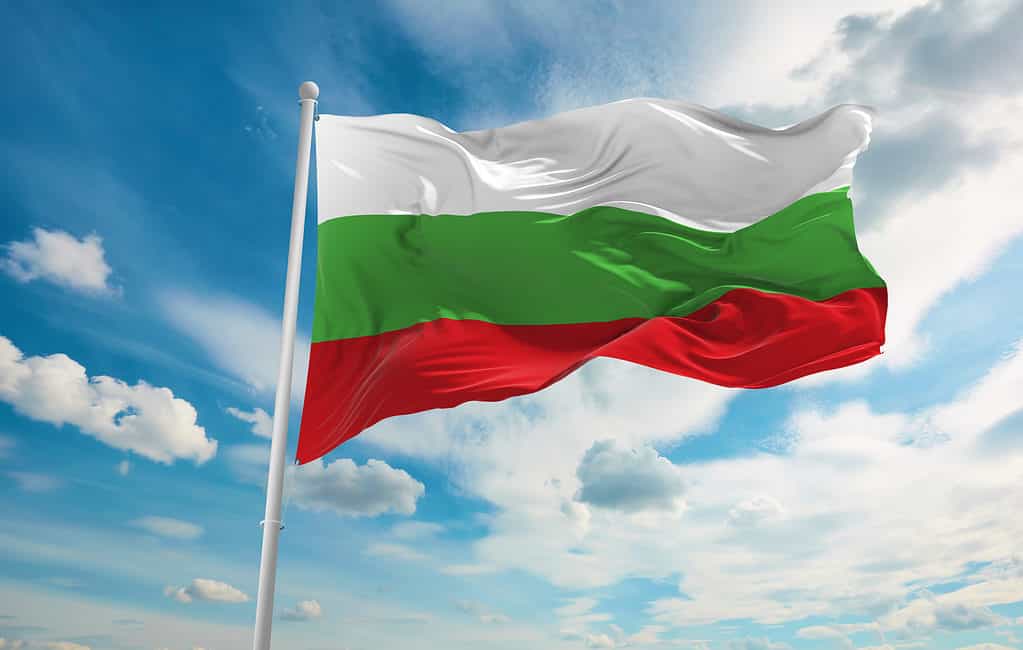
The Bulgarian flag is tied to Russia.
©Maxim Studio/Shutterstock.com
The Bulgarian flag is tricolor, containing three horizontal stripes in red, white, and green. White represents freedom, love, and peace. Through its charity work, the country strives to embody these values. Green stands for agricultural abundance. Due to the four different climates throughout the country, Bulgaria can plant a wide variety of vegetation. Lastly, the red is representative of their struggle for independence.
Bulgarian Animals
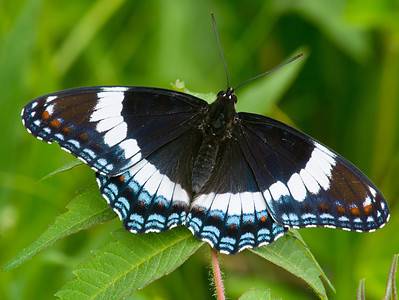
Admiral Butterfly
Stunningly beautiful wings

Ant
First evolved 100 million years ago!

Armyworm
They are so named because they "march" in armies of worms from one crop to another in search of food
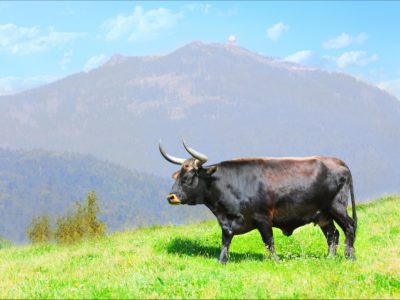
Aurochs
Extinct ancestor of all domesticated cattle!
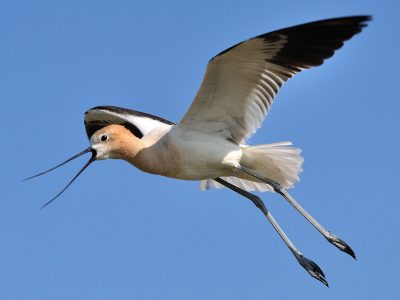
Avocet
Has a curved, upturned beak!
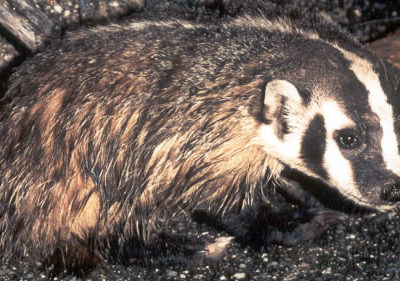
Badger
Can reach speeds of 30 km/h!

Barn Owl
Found everywhere around the world!

Barn Swallow
Older offspring help care for new hatchlings.

Bat
Detects prey using echolocation!

Bed Bugs
Bed bugs feed for 4-12 minutes.

Bee
Rock paintings of bees date back 15,000 years

Beetle
There are more than 350,000 different species
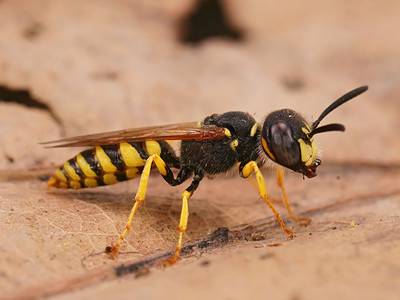
Beewolf wasp
They hunt bees

Bird
Not all birds are able to fly!

Biscuit Beetle
The biscuit beetle form a symbiotic relationship with yeast

Black Widow Spider
They typically prey on insects!
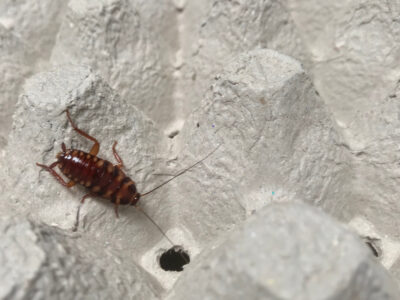
Brown-banded Cockroach
Females glue egg cases to furniture
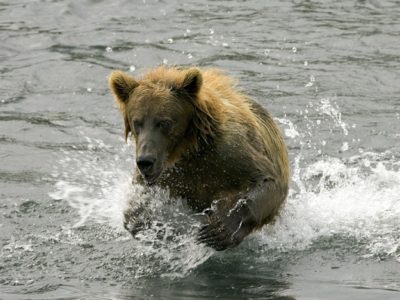
Brown Bear
A dominant predator in it's environment!

Brown Dog Tick
Can live its entire life indoors
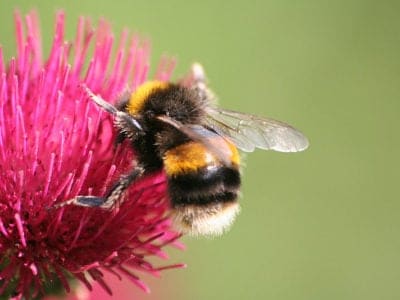
Bumblebee
The most common species of bee!

Butterfly
There are thought to be up 17,500 species!

Camel Cricket
The camel crickets that are found in the USA are light brown in color. They also have dark streaks all over their body.

Carpenter Ant
Carpenter ants can lift up to seven times their own weight with their teeth!

Cat
May have been domesticated up to 10,000 years ago.

Caterpillar
The larvae of a moth or butterfly!

Catfish
There are nearly 3,000 different species!

Centipede
There are about 3,000 documented species!
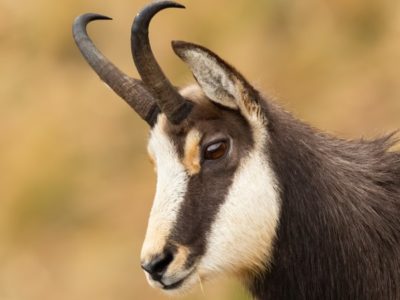
Chamois
Natively found in the European mountains!

Chicken
First domesticated more than 10,000 years ago!
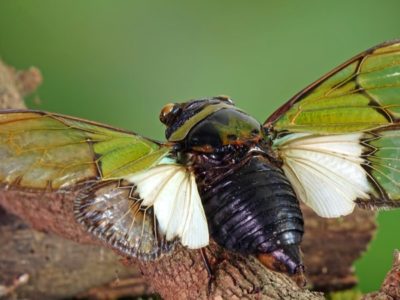
Cicada
Cicadas have one of the longest insect lifespans

Cockroach
Dated to be around 300 million years old!

Codling Moth
Pupae are able to undergo diapause to survive poor fruit yield years and winter.
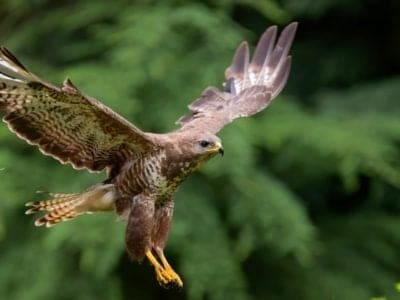
Common Buzzard
The most common raptor in the UK!
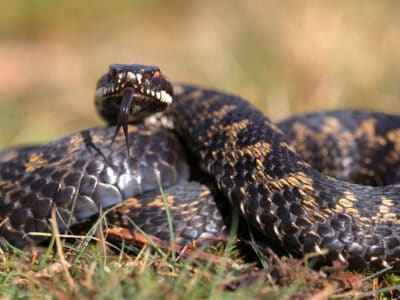
Common European Adder
European adders are the only snake that lives above the Arctic Circle.
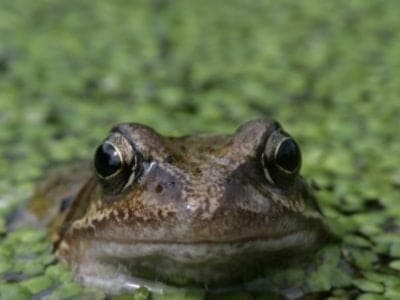
Common Frog
Found throughout the European continent!

Common Furniture Beetle
The common furniture beetle feeds exclusively on wood

Common House Spider
House spiders have the ability to eat most insects in a home.
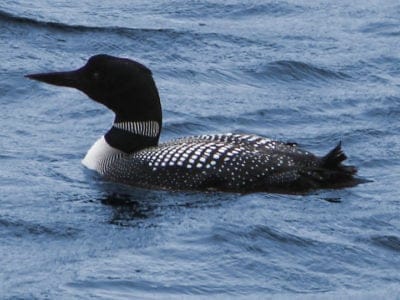
Common Loon
Also known as the Great Northern Diver

Common Raven
A group of ravens is called an unkindness or a conspiracy.
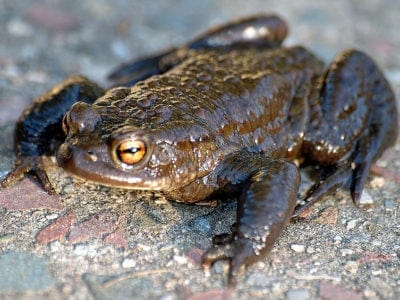
Common Toad
Most active in wet weather!

Cormorant
They can fly 35 mph and dive 150 feet below water.

Cow
There are nearly 1.5 billion worldwide!

Crab
There are 93 different crab groups

Crab Spider
Crab Spiders can mimic ants or bird droppings
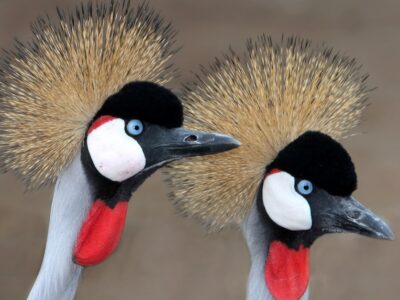
Crane
Many are critically endangered species!

Cricket
Male crickets can produce sounds by rubbing their wings together

Crow
A group of these birds is called a Murder.
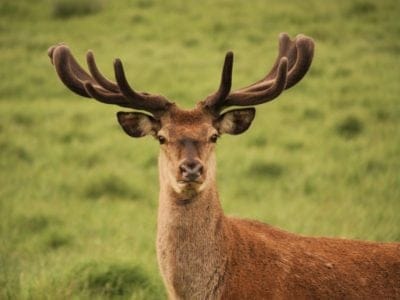
Deer
There are around 40 different species!
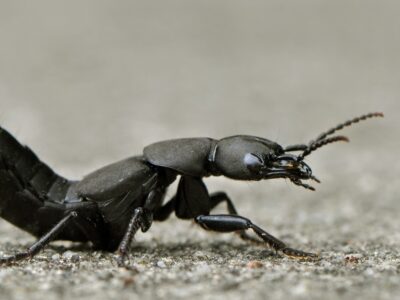
Devil’s Coach Horse Beetle
The Devil’s coach horse beetle can emit a noxious substance to deter predators

Dog
First domesticated in South-East Asia!

Dog Tick
Dog ticks feed on dogs and other mammals

Donkey
First domesticated 5,000 years ago!

Dragonfly
It's larvae are carnivorous!

Duck
Rows of tiny plates line their teeth!

Dung Beetle
The dung beetle can push objects many times its own weight
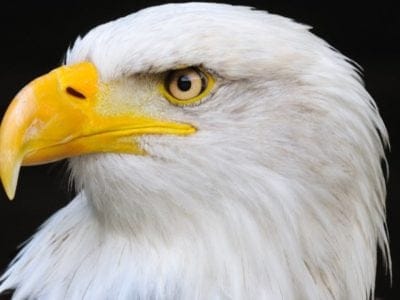
Eagle
Has exceptional eyesight!

Earthworm
They are hermaphrodites, which means they have male and female organs

Earwig
There are nearly 2,000 different species!
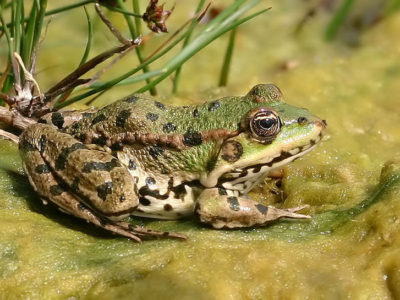
Edible Frog
Are known to guard the muddy banks!

Eel
Eels can be a mere few inches long to 13 feet!
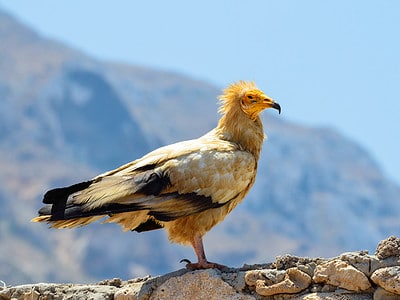
Egyptian Vulture
They steal large ostrich eggs and use rocks and pebbles to crack the shells.
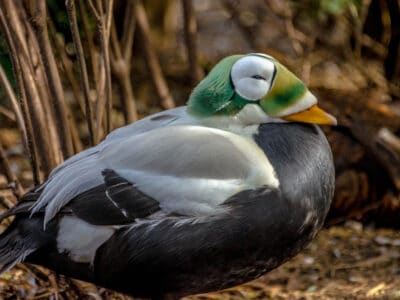
Eider
Eiders are sexually dimorphic, with males being larger and more colorful.
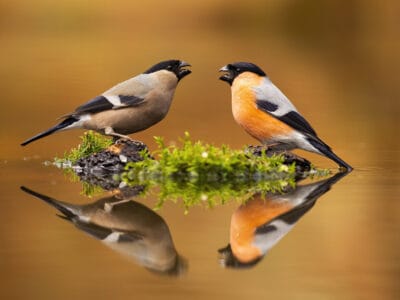
Eurasian Bullfinch
The shy eurasian bullfinch prefers to forage very close to cover.
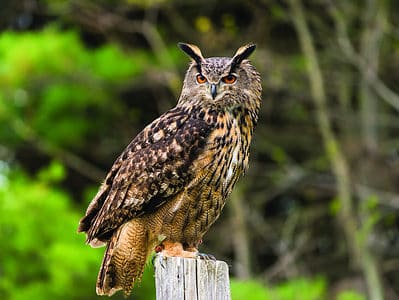
Eurasian Eagle-owl
The Eurasian Eagle-owl is the second largest owl in the world with a wingspan up to six feet!
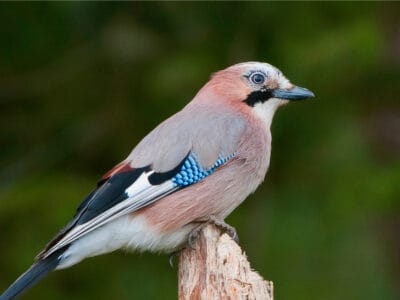
Eurasian Jay
The Eurasian jay has the ability to mimic other sounds
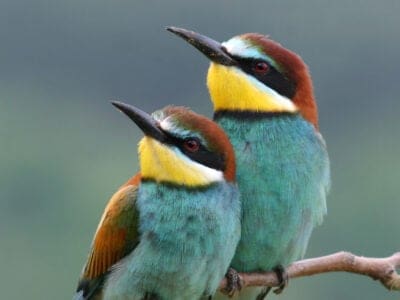
European Bee-Eater
They can eat up to 250 bees per day!
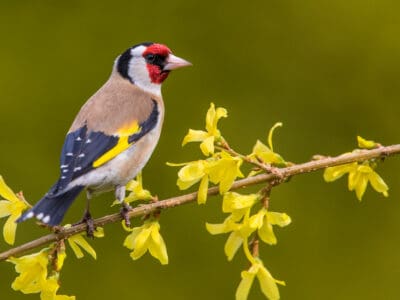
European Goldfinch
They are frequent visitors to backyard feeders, especially those containing niger seeds.
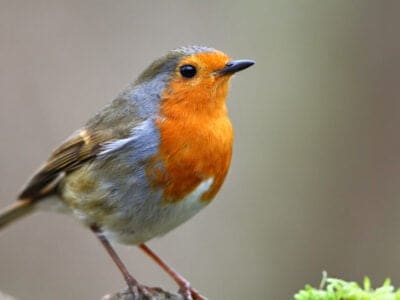
European Robin
Male robins are so aggressive and territorial that they will attack their own reflections.

Falcon
The fastest creatures on the planet!
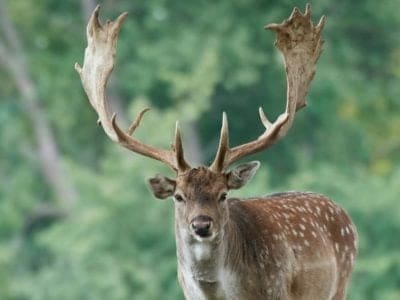
Fallow deer
The fallow deer has more variation in its coat colors than most other deer.

False Widow Spider
False spiders actually prey on black widow spiders and other hazardous spiders
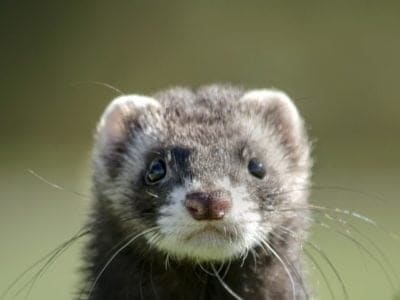
Ferret
Ferrets can be trained to do tricks like dogs!
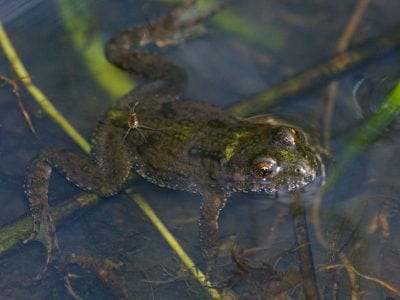
Fire-Bellied Toad
Found across mainland Europe and Asia!
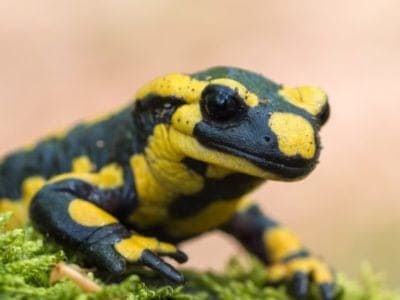
Fire Salamander
Its name comes from the fact that people once believed it was born in fire

Firefly
The firefly produces some of the most efficient light in the world

Flea
Adult fleas can jump up to 7 inches in the air

Fly
There are more than 240,000 different species!
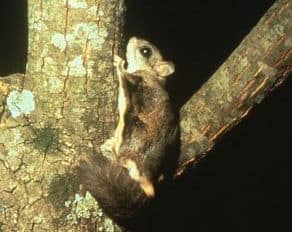
Flying Squirrel
Can glide up to 90 meters!
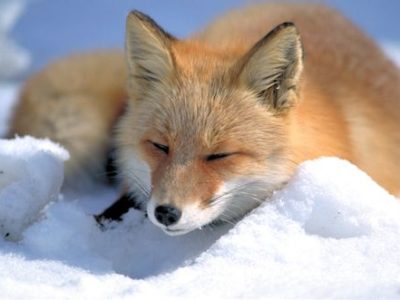
Fox
Only 12 species are considered "true foxes"

Frog
There are around 7,000 different species!

Fruit Fly
Fruit flies are among the most common research animals in the world
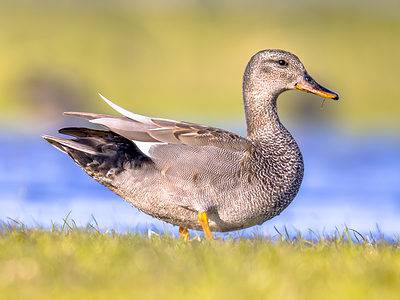
Gadwall
They make many sounds when trying to attract a mate.

German Cockroach
The most common type of urban roach
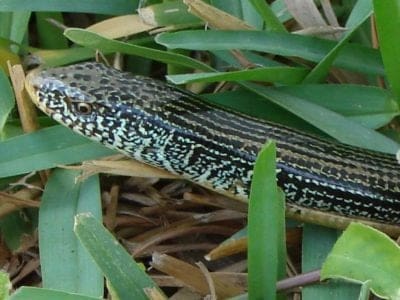
Glass Lizard
Can grow up to 4ft long!

Glowworm
Found inhabiting dense woodland and caves!

Gnat
Males form large mating swarms at dusk
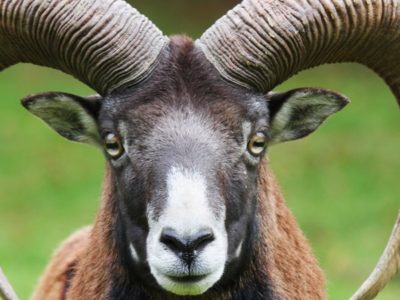
Goat
Most closely related to the Sheep!
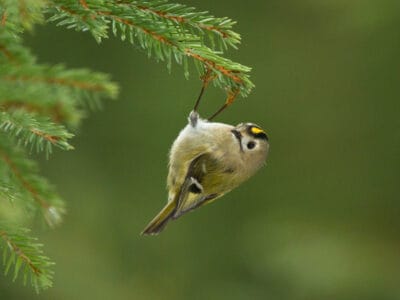
Goldcrest
The goldcrest never starts moving and needs to consume for most of the day to survive. Therefore, in the colder months, it's best that eat 90% a day.
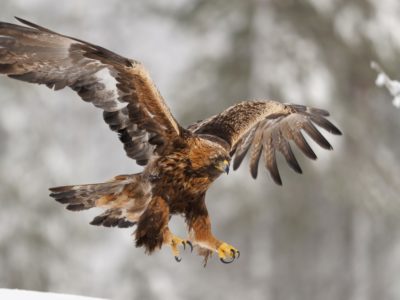
Golden Eagle
Their calls sound like high-pitched screams, but they are quiet most of the time.
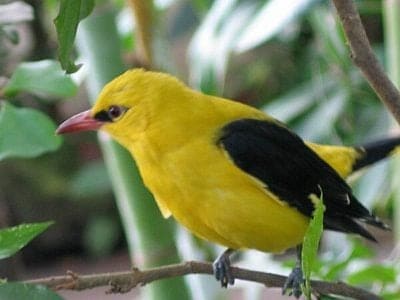
Golden Oriole
Migrates between Europe and Asia!
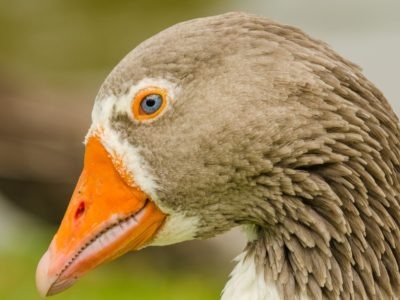
Goose
There are 29 different species!

Grasshopper
There are 11,000 known species!
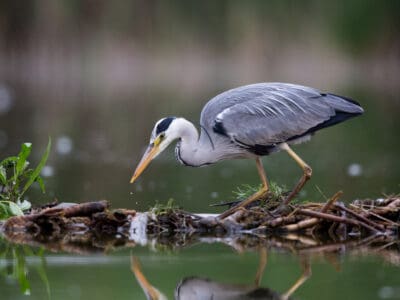
Grey Heron
Male grey herons are picky about their mates. They'll reject a female that they don't fancy.

Gypsy Moth
One of the most invasive species in the world

Hamster
Able to run as quickly backwards as forwards!

Hare
Can reach speeds of over 50 mph!

Hawk Moth Caterpillar
Many hawk moth caterpillars eat toxins from plants, but don’t sequester them the way milkweed butterflies do. Most toxins are excreted.
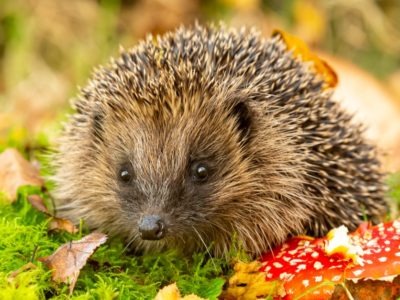
Hedgehog
Thought to be one of the oldest mammals on Earth!

Heron
Inhabits wetlands around the world!
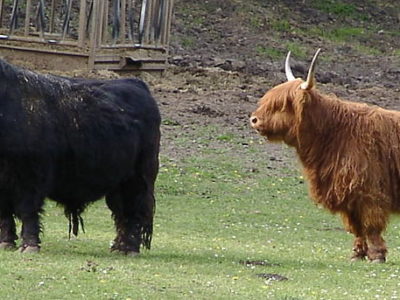
Highland Cattle
Natively found in the Scottish Highlands!

Honey Bee
There are only 8 recognized species!
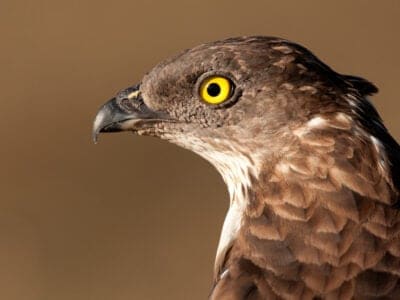
Honey Buzzard
Honey buzzards are medium-sized raptors that earned their names by raiding the nests of bees and wasps.
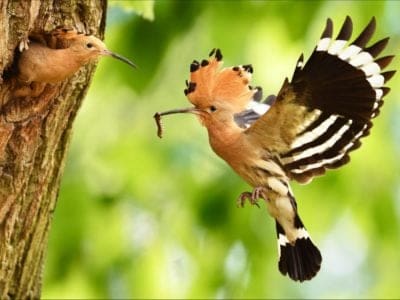
Hoopoe
Stunning bird with a stinky way to deter predators!

Horse
Has evolved over 50 million years!

Horsefly
Horseflies have been seen performing Immelmann turns, much like fighter jets.

Housefly
The fly has no teeth

Human
Thought to have orignated 200,000 years ago!

Huntsman Spider
Some huntsman spiders have an interesting way of moving around. Some cartwheel while others do handsprings or backflips.
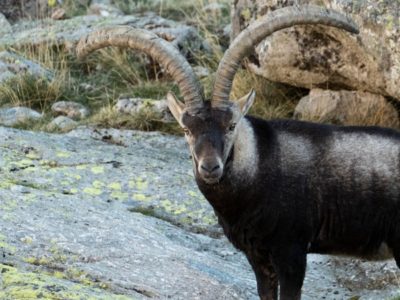
Ibex
Can jump over 6 feet straight up from a standstill

Insects
There are an estimated 30 million species!
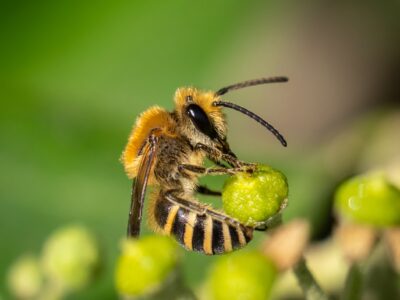
Ivy Bee
N/A
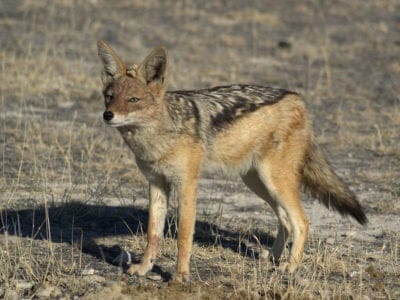
Jackal
Can maintain speeds of 16 km/h!
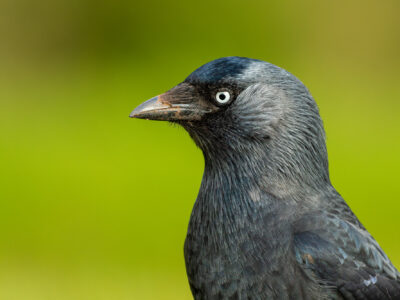
Jackdaw
The jackdaw tends to mate for life with a single partner

Jumping Spider
Some can jump 50 times the length of their bodies

Kingfisher
Inhabits wetlands and woodlands worldwide!

Ladybug
There are more than 5,000 species worldwide!
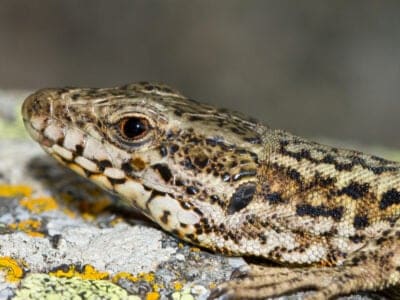
Lazarus Lizard
Lazarus Lizards can communicate through chemical and visual signals.

Leech
Has 10 pairs of eyes!
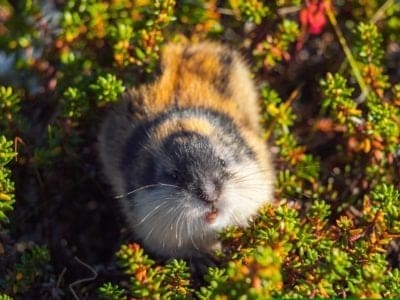
Lemming
Does not hibernate during the bitter Arctic winter!
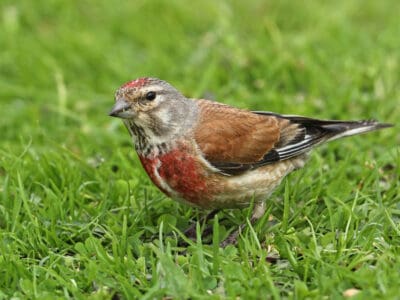
Linnet
While linnets are monogamous during mating season, they do not mate for life. While breeding pairs are together, the males are highly territorial and will defend the nesting site and the surrounding area.

Lizard
There are around 5,000 different species!

Locust
Each locust can eat its weight in plants each day.
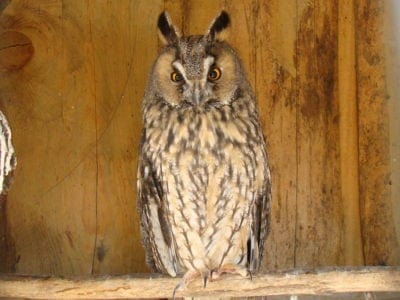
Long-Eared Owl
Ear tufts make it look bigger!
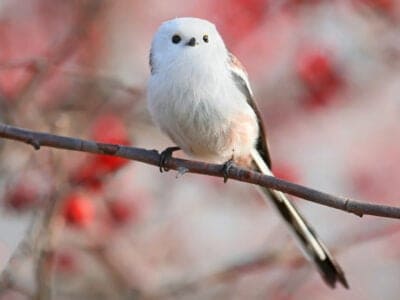
Long-Tailed Tit
Often hangs upside down while feeding!
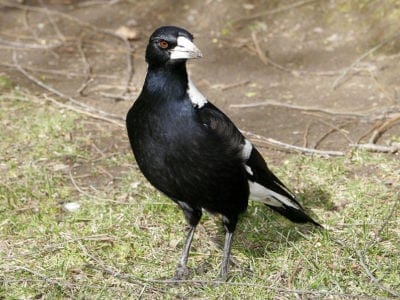
Magpie
They are found across Europe, Asia and Africa!
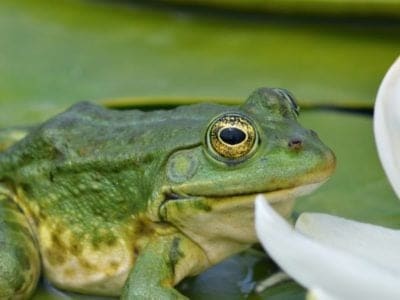
Marsh Frog
Has bright green skin!

Mayfly
There are 2,500 known species worldwide!

Mealybug
They have a symbiotic relationship with ants.

Millipede
Some species have a poisonous bite!

Mole
Primarily hunts and feeds on Earthworms!
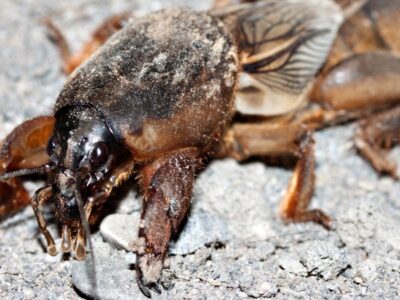
Mole Cricket
Adult Mole crickets may fly as far as 5 miles during mating season and are active most of the year.

Mongrel
Has characteristics of two or more breeds!

Moorhen
Feeds on aquatic insects and water-spiders!

Mosquito
Only the female mosquito actually sucks blood

Moth
There are 250,000 different species!

Mouse
Found on every continent on Earth!

Mule
The offspring of a horse and donkey parents!
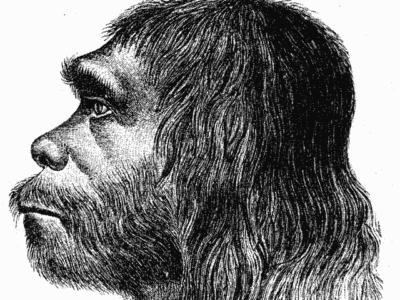
Neanderthal
Roamed Asia and Europe for around 100,000 years!

Nematode
Nematodes range in size from 1/10 of an inch to 28 feet long
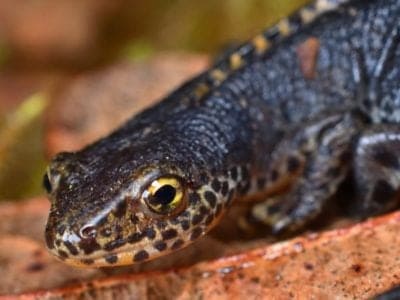
Newt
Able to regrow lost or damaged limbs!
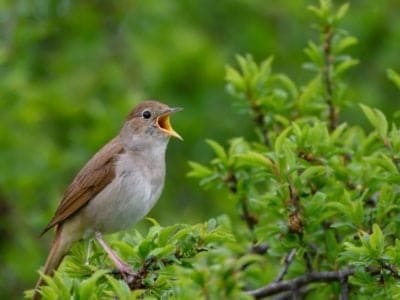
Nightingale
Named more than 1,000 years ago!

No See Ums
There are more than 5,000 species.
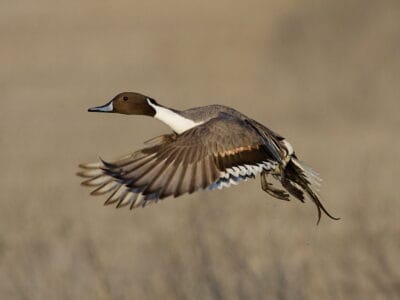
Northern Pintail
Northern pintails migrate at night with speeds reaching 48 miles per hour!
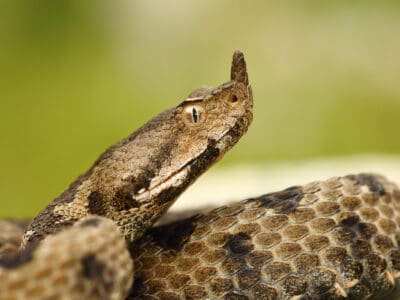
Nose-Horned Viper
The fangs of a nose-horned viper can be as long as half an inch!
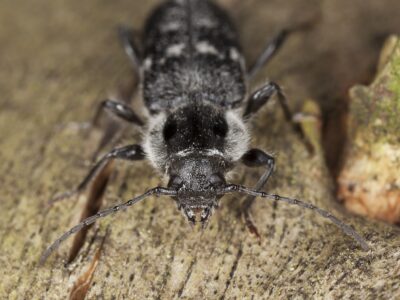
Old House Borer
Depending on the habitat and climate, these beetles can live between 2 to 10 years, often staying in their larval stage for several years, making them extremely dangerous to wooden structures.

Orb Weaver
Females are about four times the size of males
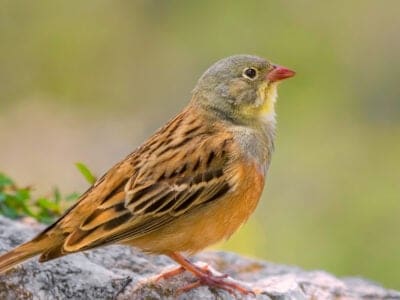
Ortolan Bunting
The tradition of hiding your face with a napkin or towel while eating this bird was begun by a priest who was a friend of the great French gastronome Jean Anthelme Brillat-Savarin.

Osprey
They reuse nesting sites for 70 years!

Otter
There are 13 different species worldwide

Owl
The owl can rotate its head some 270 degrees
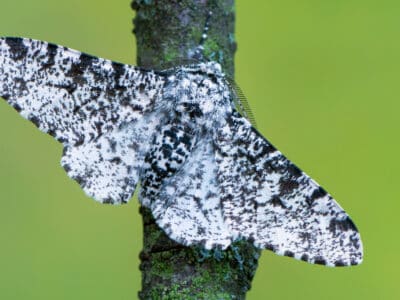
Peppered Moth
Teachers in schools often use the evolution of the peppered moth as a good example of Darwin’s theory of natural selection.

Peregrine Falcon
Fastest animal on Earth

Pheasant
Females lay between 8 and 12 eggs per clutch!
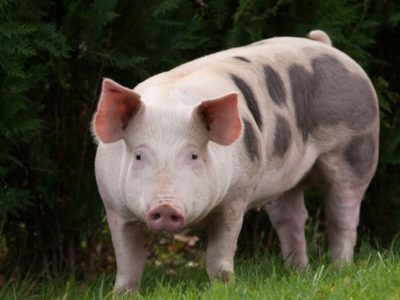
Pig
Thought to have been domesticated in 9,000 BC!

Pigeon
They can find their way back to their nests from up to 1300 miles away.
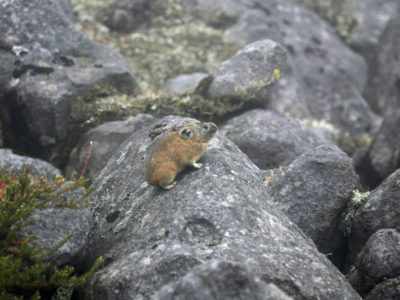
Pika
Found in mountainous regions and rocky areas
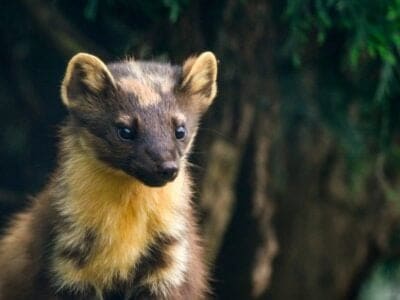
Pine Marten
A pine marten can jump from tree to tree similar to a squirrel.
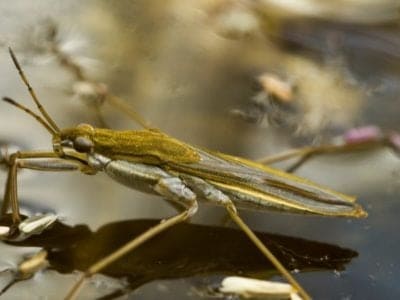
Pond Skater
There are 500 different species!
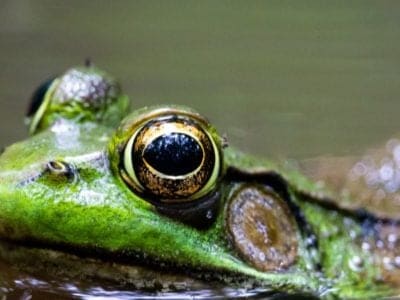
Pool Frog
The rarest amphibian in the UK!
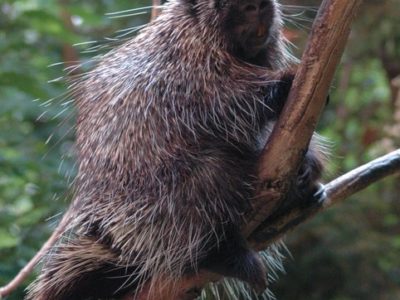
Porcupine
There are 30 different species worldwide!
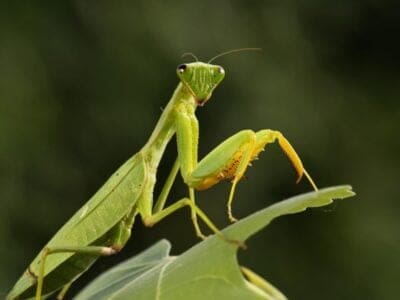
Praying Mantis
The mantis can turn its head 180 degrees.
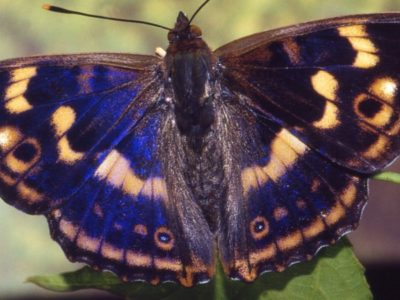
Purple Emperor Butterfly
Inhabits deciduous forests!
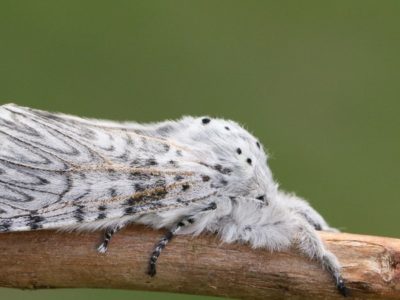
Puss Moth
Caterpillars squirt formic acid!

Quail
Inhabits woodland and forest areas worldwide!
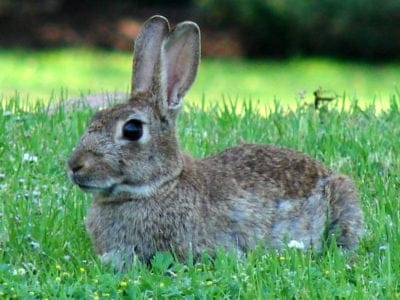
Rabbit
There are more than 300 different species!
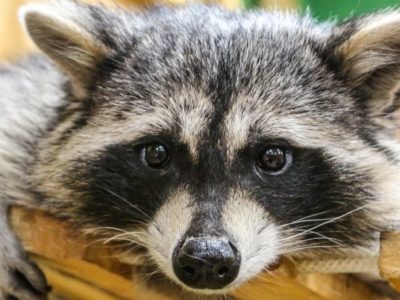
Raccoon
Known to wash their food before eating it!
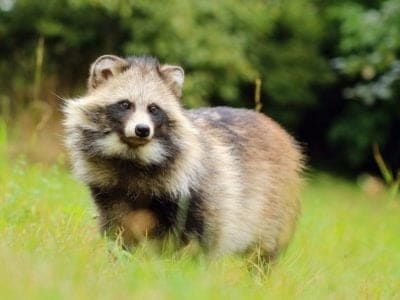
Raccoon Dog
The only hibernating canine!

Rat
Omnivores that eat anything!
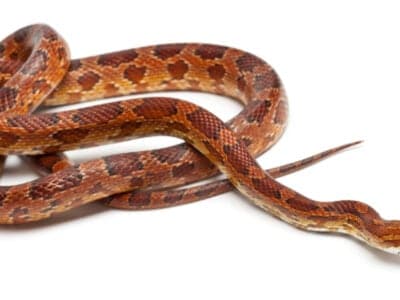
Rat Snakes
Rat snakes are constrictors from the Colubridae family of snakes.

Red Deer
A male red deer shows his age in his antlers, which become longer and more branched every year.
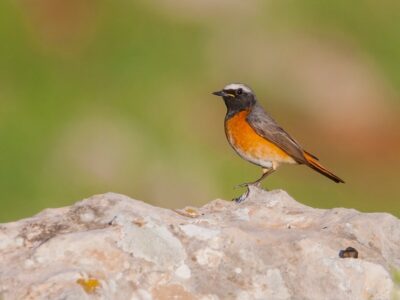
Redstart
They build their nests off the ground in tree holes, cavities, stone walls, and roofs

River Turtle
Inhabits freshwater habitats around the world!

Robin
There are more than 45 species in Australia alone!

Rodents
The capybara, the world’s largest rodent, likes to be in and around bodies of water. Because of this, the Catholic Church in South America decided that it was a fish, and people were allowed to eat it during Lent and First Fridays.
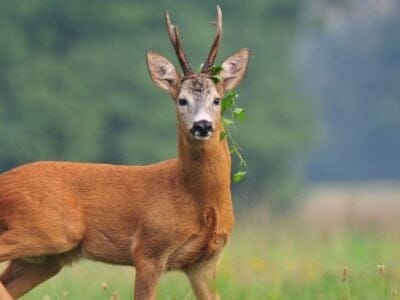
Roe Deer
The roe is one of the most popular game animals in Europe

Rooster
Will mate with the entire flock!
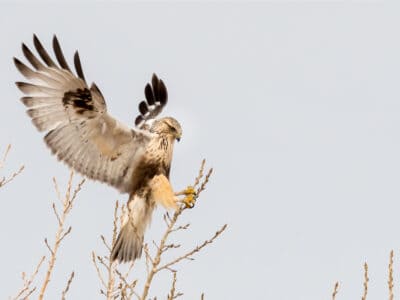
Rough-Legged Hawk (Rough-Legged Buzzard)
Its scientific name, lagopus, is Ancient Greek for “hare” and “foot,” referring to its feathered feet and toes.

Sable Ferret
Ferrets were used during the Revolutionary War to keep down the rat population.
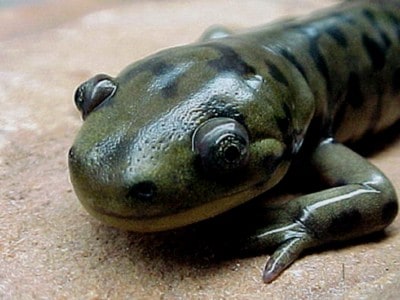
Salamander
There are more than 700 different species!
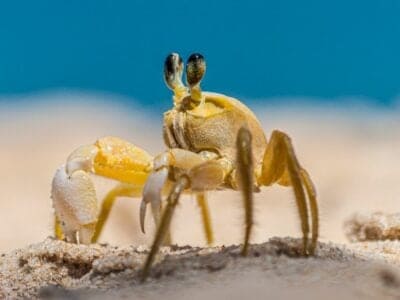
Sand Crab
The sand crab burrows beneath the sand with its tail
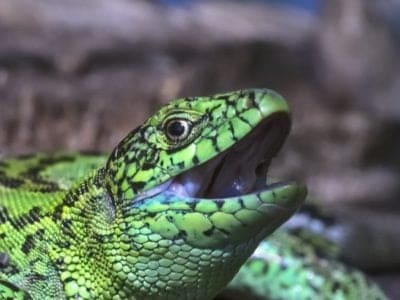
Sand Lizard
Males turn green in spring!

Scorpion
There are around 2,000 known species!

Sea Eagle
The sea eagle tends to mate for life with a single partner

Seahorse
Males give birth to up to 1,000 offspring!

Sheep
Around 35 million in the English countryside!
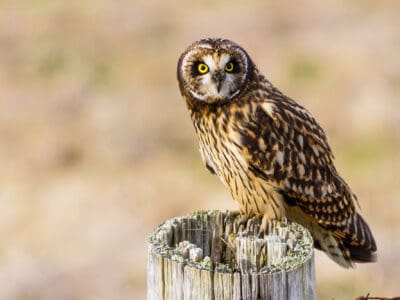
Short-Eared Owl
The short-eared owl is one of the most widespread owl species in the world, covering five continents.

Shrew
The spinal column of the shrew Scutisorex somereni is so strong and reinforced that it can support the weight of an adult human.

Shrimp
There are 2,000 different species worldwide!

Skink Lizard
Some skinks lay eggs in some habitats while giving birth to skinklets in other habitats.
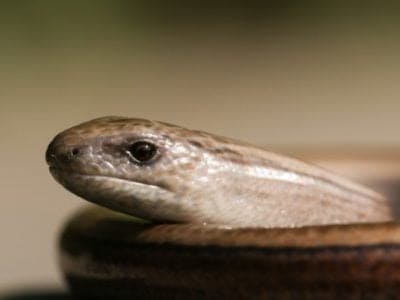
Slow Worm
Found widely throughout British gardens!

Slug
They glide around on one foot, which is aided by the slime they produce

Smokybrown Cockroach
Has up to 45 eggs per egg case

Snail
There are nearly 1,000 different species!

Snake
There are around 4,000 known species worldwide
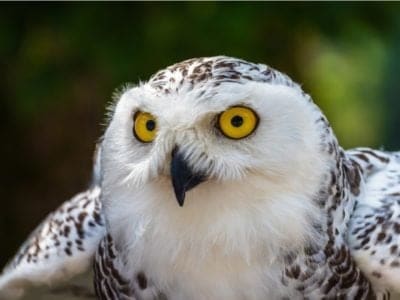
Snowy Owl
One of the largest owl species in the world!
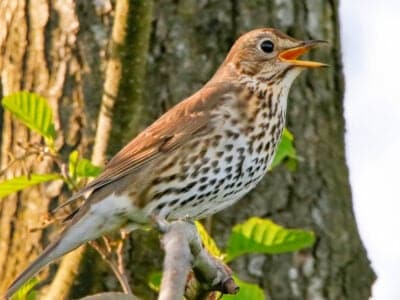
Song Thrush
A male song thrush can have over 100 phrases in his repertoire of songs and can imitate pet birds, telephones and other man-made objects.
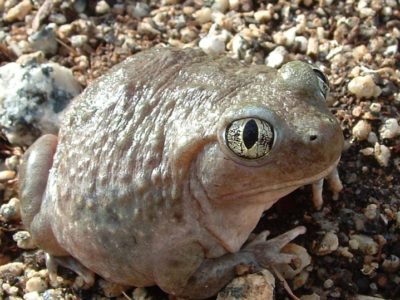
Spadefoot Toad
They spend most of their time underground!

Sparrow
There are 140 different species!

Spider Wasp
They prey on spiders to feed their larvae or they parasitize other spider wasps.

Squirrel
Small rodents found in woodlands worldwide!

Stick Insect
There are more than 3,000 different species!
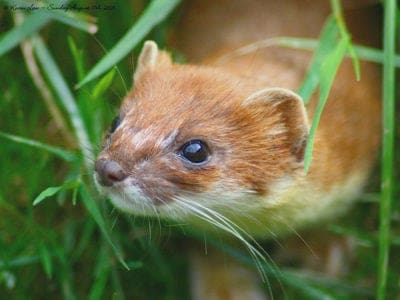
Stoat
Average adults weigh about 200 grams!
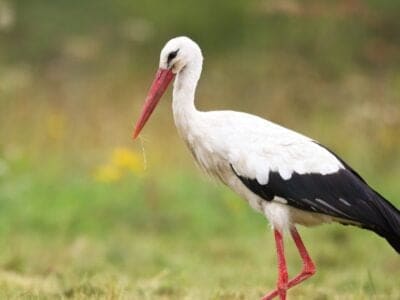
Stork
They can’t sing like other birds.

Swan
Populations have been affected by pollution!
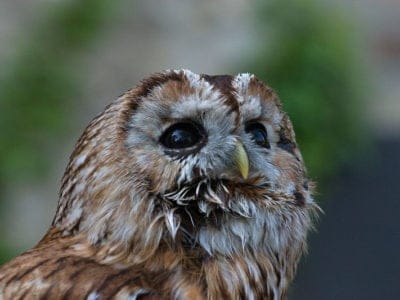
Tawny Owl
The most widespread owl in Europe!

Termite
Their mounds can be up to 9 meters tall!
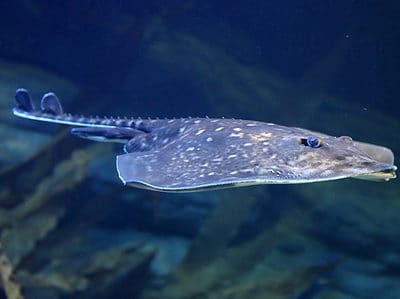
Thornback Ray
The skate with the biggest spines!

Thrush
The American robin is called the robin because its red breast reminded European settlers of the robin back in the old country.

Tick
They inject hosts with a chemical that stops them from feeling the pain of the bite

Tiger Beetle
The adult tiger beetle is one of the fastest land insects in the world
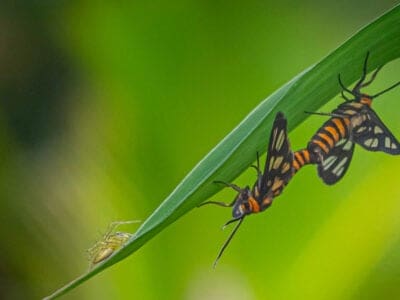
Tiger Moth
The bright colors of this moth are a signal to predators that it has a terrible taste.

Tortoise
Can live until they are more than 150 years old!

Tree Frog
Found in warmer jungles and forests!

Turtles
Some species of aquatic turtles can get up to 70 percent of their oxygen through their butt.
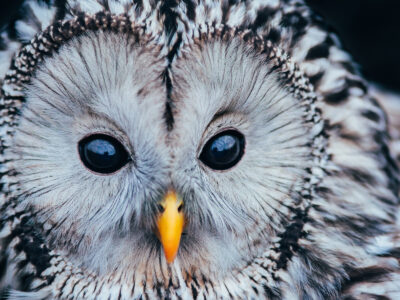
Ural owl
The Ural owl can rotate its head up to 270 degrees
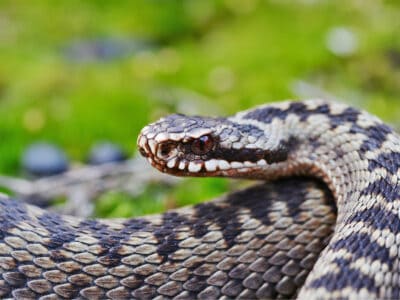
Viper
Vipers are one of the most widespread groups of snakes and inhabit most

Vulture
There are 30 different species worldwide!

Wasp
There are around 75,000 recognised species!
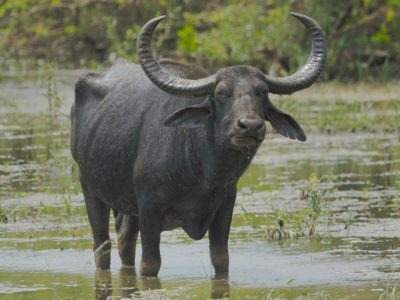
Water Buffalo
Has been domesticated for thousands of years!
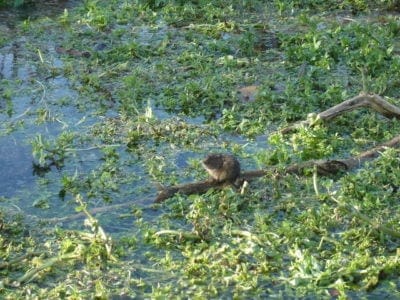
Water Vole
The largest Vole species in the UK!
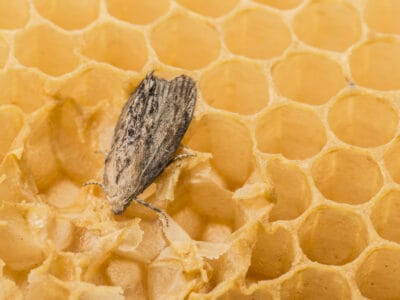
Wax Moth
The Wax Moth larvae are more dangerous than the adult.
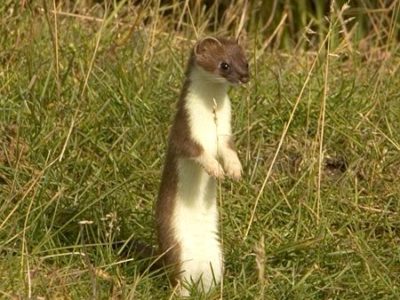
Weasel
The smallest carnivorous mammal in the world!

White Ferret / Albino Ferrets
There are two different types of white ferrets!
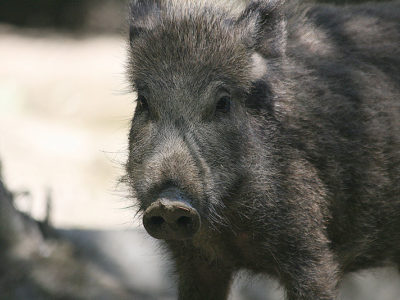
Wild Boar
Males have a top tusk to sharpen the bottom one!
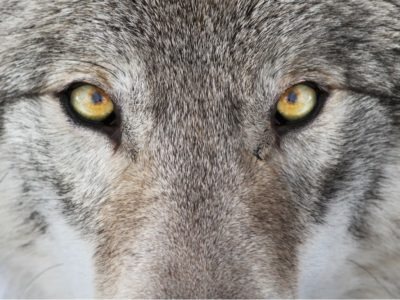
Wolf
Thought to date back more than 300,000 years!

Wolf Spider
Carnivorous arachnid that hunts its prey.

Woodlouse
This animal can roll up into a ball
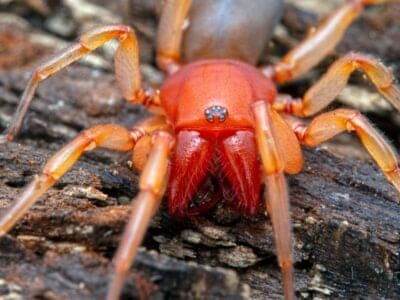
Woodlouse Spider
Unlike most spiders, woodlouse spiders don’t build a web.

Woodpecker
There are 200 different species!

Worm
Doesn’t have eyes.
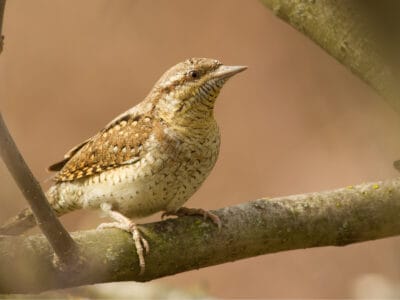
Wryneck
They feign death by making their bodies limp and closing their eyes.
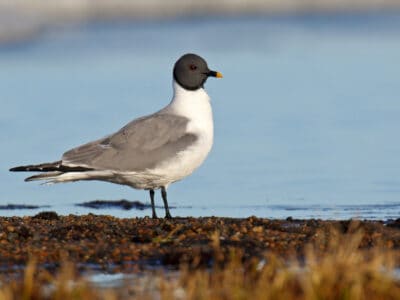
Xeme (Sabine’s Gull)
They follow after seals and whales to eat their scraps.
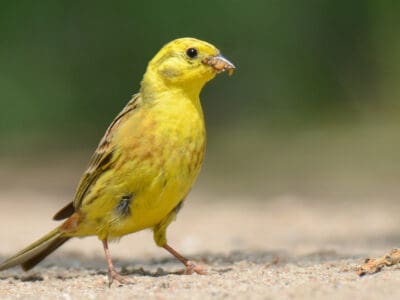
Yellowhammer
It interbreeds with the pine bunting
Bulgarian Animals List
- Admiral Butterfly
- Ant
- Armyworm
- Aurochs
- Avocet
- Badger
- Barn Owl
- Barn Swallow
- Bat
- Bed Bugs
- Bee
- Beetle
- Beewolf wasp
- Beluga Sturgeon
- Bird
- Biscuit Beetle
- Black Widow Spider
- Brown-banded Cockroach
- Brown Bear
- Brown Dog Tick
- Bumblebee
- Butterfly
- Camel Cricket
- Carpenter Ant
- Cat
- Caterpillar
- Catfish
- Centipede
- Chamois
- Chicken
- Cicada
- Cockroach
- Codling Moth
- Common Buzzard
- Common European Adder
- Common Frog
- Common Furniture Beetle
- Common House Spider
- Common Loon
- Common Raven
- Common Toad
- Cormorant
- Cow
- Crab
- Crab Spider
- Crane
- Cricket
- Crow
- Cuckoo
- Deer
- Devil’s Coach Horse Beetle
- Dog
- Dog Tick
- Donkey
- Dormouse
- Dragonfly
- Duck
- Dung Beetle
- Eagle
- Earthworm
- Earwig
- Edible Frog
- Eel
- Egyptian Vulture
- Eider
- Eurasian Bullfinch
- Eurasian Eagle-owl
- Eurasian Jay
- European Bee-Eater
- European Goldfinch
- European Robin
- Falcon
- Fallow deer
- False Widow Spider
- Ferret
- Fire-Bellied Toad
- Fire Salamander
- Firefly
- Flea
- Fly
- Flying Squirrel
- Fox
- Frog
- Fruit Fly
- Gadwall
- German Cockroach
- Glass Lizard
- Glowworm
- Gnat
- Goat
- Goldcrest
- Golden Eagle
- Golden Oriole
- Goose
- Grasshopper
- Grey Heron
- Gypsy Moth
- Hamster
- Hare
- Hawk Moth Caterpillar
- Hedgehog
- Heron
- Highland Cattle
- Honey Bee
- Honey Buzzard
- Hoopoe
- Horse
- Horsefly
- Housefly
- Human
- Huntsman Spider
- Ibex
- Insects
- Ivy Bee
- Jackal
- Jackdaw
- Jumping Spider
- Kingfisher
- Ladybug
- Lazarus Lizard
- Leech
- Lemming
- Linnet
- Lizard
- Locust
- Long-Eared Owl
- Long-Tailed Tit
- Magpie
- Marsh Frog
- Mayfly
- Mealybug
- Millipede
- Mole
- Mole Cricket
- Mongrel
- Moorhen
- Mosquito
- Moth
- Mouse
- Mule
- Neanderthal
- Nematode
- Newt
- Nightingale
- No See Ums
- Northern Pintail
- Nose-Horned Viper
- Old House Borer
- Orb Weaver
- Ortolan Bunting
- Osprey
- Otter
- Owl
- Pantaloon Bee
- Peppered Moth
- Peregrine Falcon
- Pheasant
- Pig
- Pigeon
- Pika
- Pike Fish
- Pine Marten
- Pond Skater
- Pool Frog
- Porcupine
- Praying Mantis
- Purple Emperor Butterfly
- Puss Moth
- Quail
- Rabbit
- Raccoon
- Raccoon Dog
- Rat
- Rat Snakes
- Red Deer
- Redstart
- River Turtle
- Robin
- Rodents
- Roe Deer
- Rooster
- Rough-Legged Hawk (Rough-Legged Buzzard)
- Sable Ferret
- Salamander
- Sand Crab
- Sand Lizard
- Scorpion
- Sea Eagle
- Seahorse
- Sheep
- Short-Eared Owl
- Shrew
- Shrimp
- Skink Lizard
- Slow Worm
- Slug
- Smokybrown Cockroach
- Snail
- Snake
- Snowy Owl
- Song Thrush
- Spadefoot Toad
- Sparrow
- Spider Wasp
- Squirrel
- Stick Insect
- Stoat
- Stork
- Swallowtail Butterfly
- Swan
- Tawny Owl
- Termite
- Thornback Ray
- Thrush
- Tick
- Tiger Beetle
- Tiger Moth
- Tortoise
- Tree Frog
- Turtles
- Ural owl
- Viper
- Vulture
- Wasp
- Water Buffalo
- Water Vole
- Wax Moth
- Weasel
- White Ferret / Albino Ferrets
- Wild Boar
- Wolf
- Wolf Spider
- Woodlouse
- Woodlouse Spider
- Woodpecker
- Worm
- Wryneck
- Xeme (Sabine’s Gull)
- Yellowhammer
Animals in Bulgaria FAQs (Frequently Asked Questions)
Which Dangerous Animals Live in Bulgaria?
Brown bears are the most dangerous mammals in Bulgaria, but they don’t attack humans unless they’re threatened or provoked. Most brown bear attacks are by mother bears protecting their young. Gray wolves can also be dangerous if provoked, but they too prefer to avoid humans.
Are There Wolves in Bulgaria?
Bulgaria has a healthy wolf population. Experts believe there are more than 1,200 gray wolves living in the mountains. Like bears, they are shy and rarely mingle with humans.
Do They Have Bears in Bulgaria?
Bulgaria has one of Europe’s largest populations of European brown bears. Some experts say there are 400 to 700 bears living in the forested mountain areas there.
Besides this, Bulgaria has a bear sanctuary for rescued bears. Because these abused bears were taken when they were cubs, they can’t survive entirely in the wild. The sanctuary gives them a chance to spend their remaining years in a natural setting.
Are There Snakes in Bulgaria?
Bulgaria has 17 species of snake, and five of them are venomous. Bulgaria’s snakes include the gray water snake, grass snake, and smooth snake. Only two, the horned viper and common viper, have venom that’s strong enough to hurt humans.
Are There Hyenas in Bulgaria?
There are no hyenas in Bulgaria. Red foxes, gray wolves, and golden jackals are the only members of the Canidae family native to Bulgaria.



